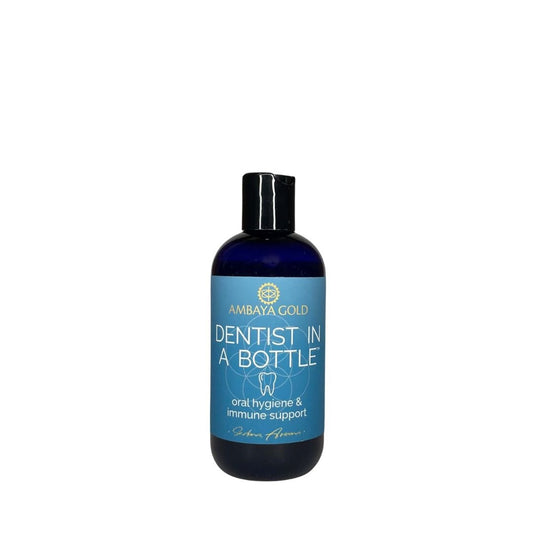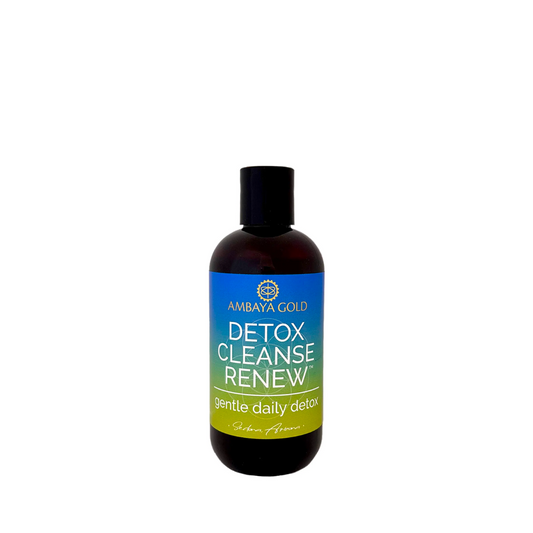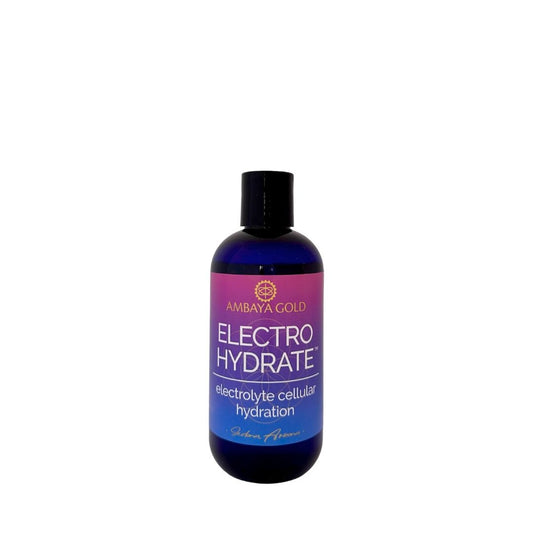In today’s world, food choices can be overwhelming. With a rise in processed options, it’s essential to know which ingredients may not be supporting your health and how whole foods can be a game-changer. Let’s dive into some of the worst ingredients to avoid, the benefits of whole foods, and how adding our liquid multivitamins can help you get the most nutrition possible.
Ingredients to Avoid for Better Health
Some food additives and processed ingredients have raised concerns in recent years. Here are a few common culprits that experts recommend limiting or avoiding:
Artificial Colors
Found in candies, soft drinks, and processed foods, artificial colors like Red 40, Yellow 5, and Blue 1 have been linked to hyperactivity in children and other potential risks, though research is ongoing. Opting for foods without these synthetic colors can be beneficial.

Some of the most common dyes in the United States include:
• Red 40 (Allura Red): Common in soft drinks, snacks, and candies.
• Yellow 5 (Tartrazine): Used in chips, cereals, and baked goods.
• Yellow 6 (Sunset Yellow): Found in cheese, baked goods, and certain beverages.
• Blue 1 (Brilliant Blue): Used in dairy products, beverages, and processed snacks.
These dyes are petroleum-based and go through significant chemical processing. In Europe, foods containing some of these dyes come with warning labels, though the U.S. Food and Drug Administration (FDA) considers most of them safe in regulated amounts.
Health Concerns Linked to Artificial Dyes
1. Behavioral Issues in Children
Some studies have linked artificial dyes to hyperactivity and behavioral issues in children, particularly those with Attention-Deficit/Hyperactivity Disorder (ADHD). This has led to European food brands largely phasing out artificial dyes in favor of natural colorings like beet juice or turmeric. Although research is ongoing, some experts recommend that parents limit artificial colors in children’s diets to reduce potential risks.

2. Allergic Reactions and Sensitivities
Certain dyes, like Yellow 5, have been known to cause mild allergic reactions, including skin rashes and itching, in sensitive individuals. Red 40 and Yellow 6 are also linked to potential hypersensitivity reactions, though reactions vary from person to person.
3. Potential Carcinogenicity
Animal studies have suggested a potential link between some dyes and cancer. For instance, while conclusive human studies are limited, Yellow 6 and Red 40 have shown tumor-causing effects in certain animal tests, though findings remain debated. Because of these findings, the International Agency for Research on Cancer (IARC) classifies some food dyes as possible carcinogens, meaning they warrant further study for safety.
To learn more about food dye, like Red 40, click the YouTube link below.
https://youtu.be/QJYjYZrzlIE?si=31203o5c_2TpCIpJ
High-Fructose Corn Syrup (HFCS)
HFCS is a sugar alternative commonly used in processed foods and sodas. Consuming too much added sugar, including HFCS, has been linked to increased risk factors for heart disease, obesity, and diabetes. Whole fruits, with natural sugars and fiber, make for healthier options.

Trans Fats
Trans fats can be found in some fried foods, baked goods, and margarine. The FDA has banned partially hydrogenated oils, the primary source of trans fats, from most foods, but some may still contain them in small amounts. Trans fats have been shown to raise “bad” cholesterol and lower “good” cholesterol, contributing to heart disease.
Preservatives Like BHA and BHT
Butylated hydroxyanisole (BHA) and butylated hydroxytoluene (BHT) are preservatives that extend shelf life but have raised health concerns. The National Institutes of Health classifies BHA as a possible carcinogen based on animal studies, so limiting intake could be wise.
(References: Mayo Clinic, American Heart Association)
Why Whole Foods Are the Best Choice
Whole foods — such as fruits, vegetables, whole grains, and lean proteins — provide a wealth of natural nutrients. They’re unprocessed and free from artificial ingredients, allowing your body to absorb vitamins, minerals, and antioxidants as nature intended. By focusing on whole foods, you can ensure:

• Better Nutrient Density
Whole foods offer a higher density of essential nutrients per calorie, helping you meet your nutritional needs with fewer empty calories.
• Reduced Additives and Preservatives
Minimally processed foods lack the additives often present in packaged goods, which helps reduce your exposure to questionable ingredients.
• Improved Digestive Health
Foods like fresh vegetables and fruits are high in fiber, which supports healthy digestion. Fiber also helps manage blood sugar levels and promotes satiety, making it easier to maintain a balanced diet.
(References: Harvard T.H. Chan School of Public Health)
Boosting Your Diet with Liquid Multivitamins
While whole foods are fundamental for health, today’s soil and food quality can sometimes leave gaps in nutrition. Our liquid multivitamins are designed to help bridge these gaps, offering a highly absorbable blend of essential vitamins and minerals to complement a whole food diet.
Benefits of Adding Liquid Multivitamins to Your Routine:

• Enhanced Nutrient Absorption
Liquid formulas can be more readily absorbed by the body than traditional tablets or capsules. This means your body can benefit from the nutrients faster and more efficiently.
• Convenience and Customization
Liquid multivitamins offer an easy, customizable way to get essential nutrients. Just add a dose to your water, smoothie, or juice!
• Supports Overall Wellness
Our multivitamin formula includes key vitamins and minerals that help support immune function, energy production, and other essential bodily processes.
To make the most of your health journey, prioritize whole, nutrient-dense foods and consider a liquid multivitamin for added support. As always, consult with a healthcare professional before adding any new supplements to ensure they align with your personal health needs.
Keen to learn more? Explore our wide variety of supplements by clicking HERE.
References:
• Mayo Clinic. “High-Fructose Corn Syrup.”
• American Heart Association. “Trans Fats.”
• Harvard T.H. Chan School of Public Health. “Whole Foods and Healthy Eating.”









